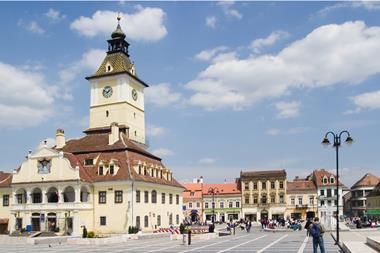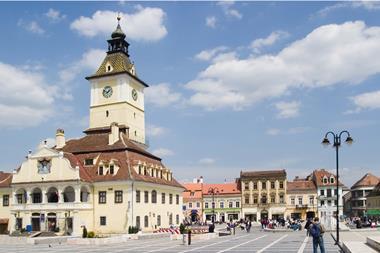Romania, bucking a trend in some Central and Eastern European (CEE) countries such as Poland or Lithuania to reduce the inflow of new money into their funded pension pillar, is actually strengthening the second pillar.
Earlier this year, Poland’s decision to appropriate its second-pillar pension assets to fix its public finances drew harsh criticism from both within and without the country, while PensionsEurope has warned of the danger of “contagion” to other CEE countries.
The Romanian government, in its draft for the 2014 Budget, has increased the rate of contributions to the second-pillar pension system by 50 basis points to 4.5% of gross earnings of employees, up from 4% this year.
Mihai Bobocea, secretary general of the country’s pension fund association APAPR, told IPE this was “great news” for the pensions industry and would help bolster the “still frail” funded system.
He also pointed out that the funds set up in 2008 boasted an “excellent track record”, with 11.7% annualised average returns to date.
The vast majority of Romania’s second-pillar assets – nearly two-thirds – are invested in government bonds.
Listed equities make up around 13% of assets, and other bond vehicles and bank deposits the remainder.












No comments yet